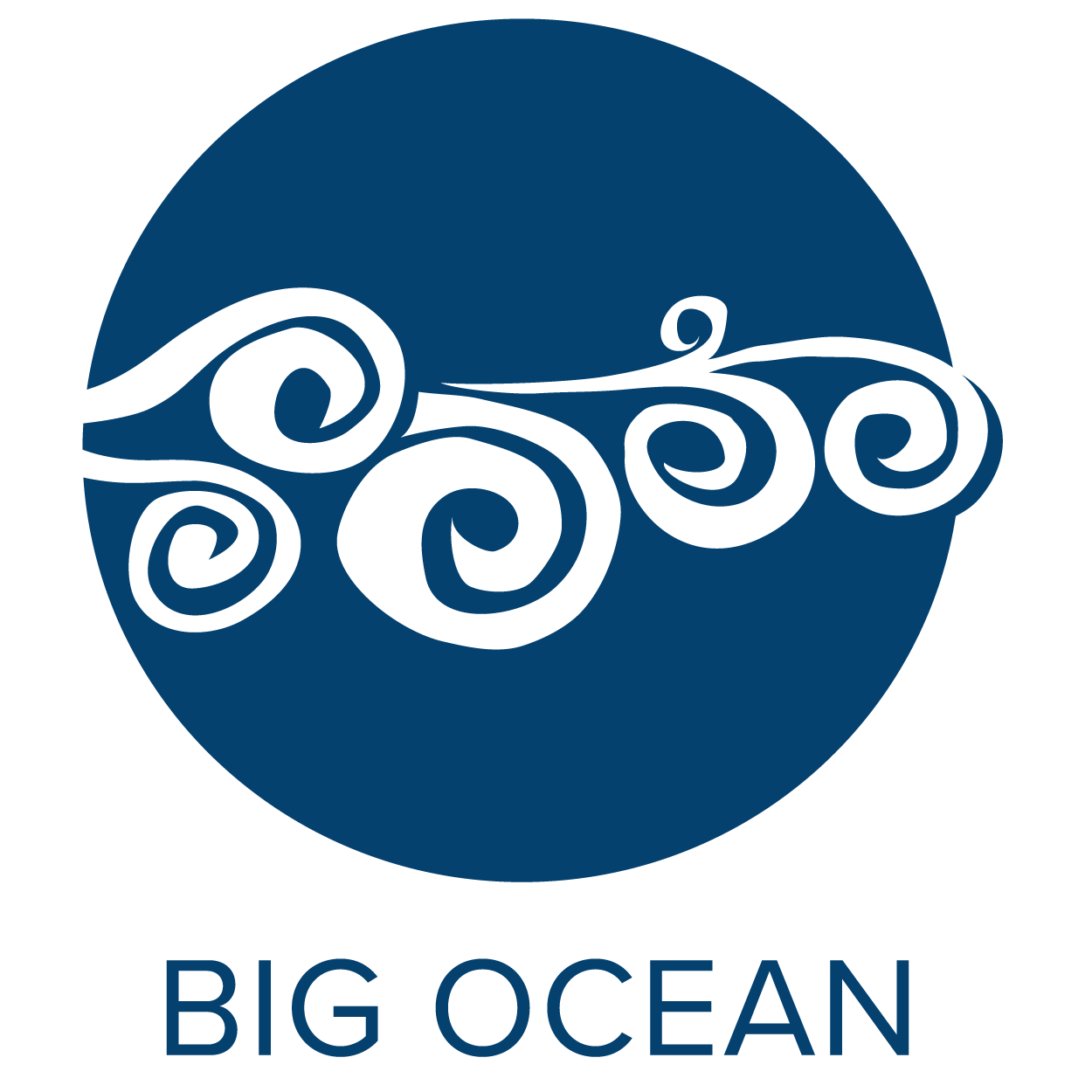Pacific Remote Islands Marine National Monument
Established: 2009 (expansion 2014)
Location: Central Pacific Ocean
Size: 1,269,980 million km2
(Includes Baker, Howland, and Jarvis Islands, Johnston, Palmyra and Wake Atolls, Kingman Reef, National Wildlife Refuges)
Websites:
USFWS: http://www.fws.gov/refuge/pacific_remote_islands_marine_national_monument/
NOAA: http://www.fpir.noaa.gov/MNM/mnm_prias.html
The Pacific Remote Islands Marine National Monument (PRIMNM) is composed of seven remote islands, atolls, and reefs scattered across the Central Pacific Ocean, from Wake Atoll in the northwest to Jarvis Island in the southeast. The areas included in the PRIMNM are farther from human population centers than any other U.S. area.
These LSMPAs represent one of the last frontiers and havens for wildlife in the world, and comprise the most widespread protected areas on the planet under a single nation’s jurisdiction. The 2014 Monument expansion furthers the conservation benefits, providing greater pelagic safe haven for Pacific marine wildlife - free from commercial extraction. Monument management facilitates conservation along with important scientific study, providing essential baselines for understanding the health of oceans and the world. Encompassing a wide range of habitats including tropical Pisonia forests, intertidal environments, coral reefs and deep sea corals, open ocean, and at least 165 seamounts; these areas represent some of the last refugia for hundreds of wildlife species rapidly vanishing from elsewhere on the planet.
The predator-dominated marine systems support outstanding biological diversity including 14 million seabirds of 19 species, 5 species of protected sea turtles, cetaceans, giant clams, coconut crabs, large groupers, sharks, Manta rays, and numerous fish species that are globally depleted. Wake, one of the oldest atolls in the world, is home to large populations of Napolean wrasse, schools of Bumphead parrotfish, giant clams, and 12 species of resident seabirds including Laysan and Black-footed albatross.
The areas around Howland, Baker, and Jarvis Islands experience rich upwelling of nutrients, promoting abundant fish life, marine mammals, and thriving sea bird populations. Jarvis also supports living colonies of ancient gold coral up to 5,000 years old. Palmyra Atoll and Kingman Reef are known to be among the most pristine reefs in the world with high coral species diversity and fully structured inverted food web. They are ideal natural laboratories for assessing effects of planetary ocean and climate change in the absence of localized anthropogenic impacts.
Kingman is the most untouched of any reef under U.S. jurisdiction, and is home to three species of coral listed as threatened under the U.S. Endangered Species Act. Palmyra supports one of the last remaining Pisonia grandis forests in the Pacific Region, as well as over one million nesting seabirds and is the second largest red-footed booby colony in the world. Johnston Atoll has the deepest reef building corals on record and the world’s largest colony of red tailed tropic birds. The undersea mountains (seamounts) and adjacent areas of the PRIMNM provide important opportunities for scientific exploration and study, and anticipated discovery of many species – including endemic species - not yet known to humans.












